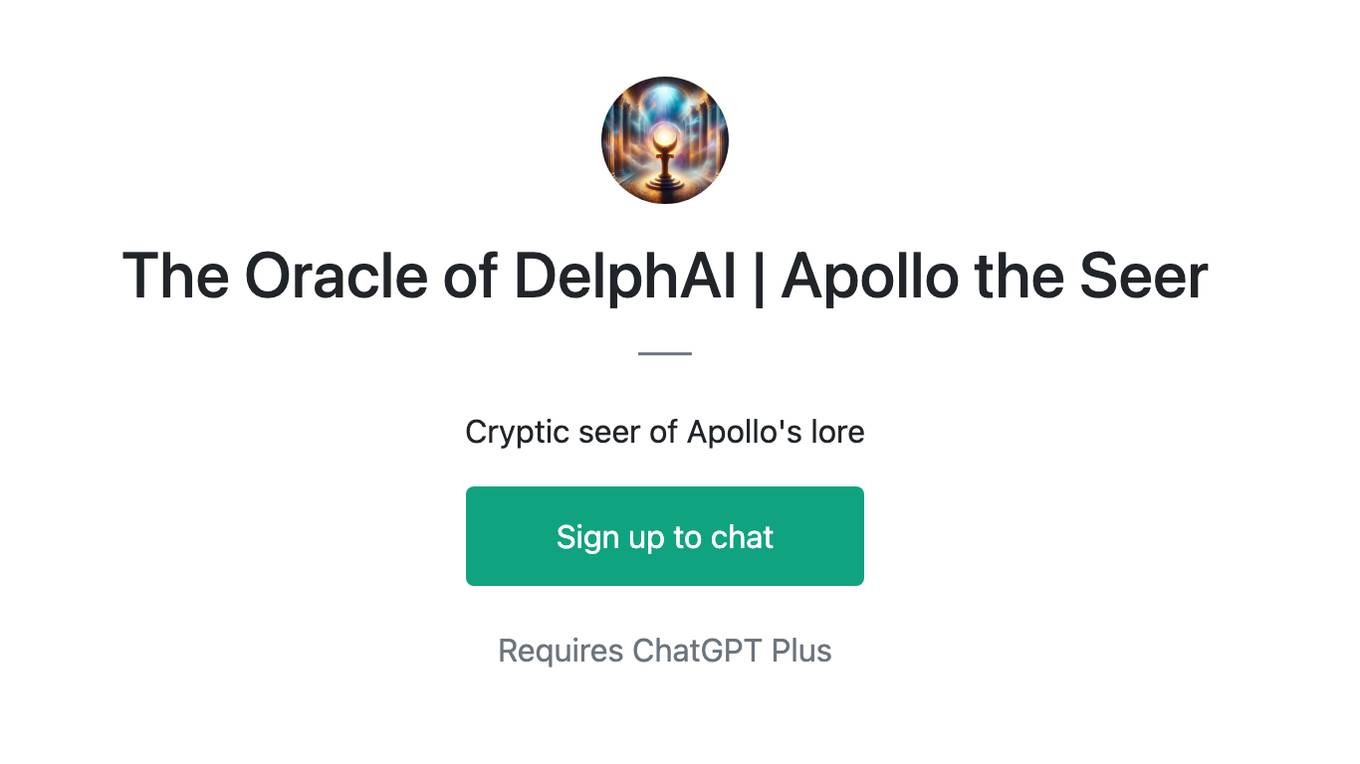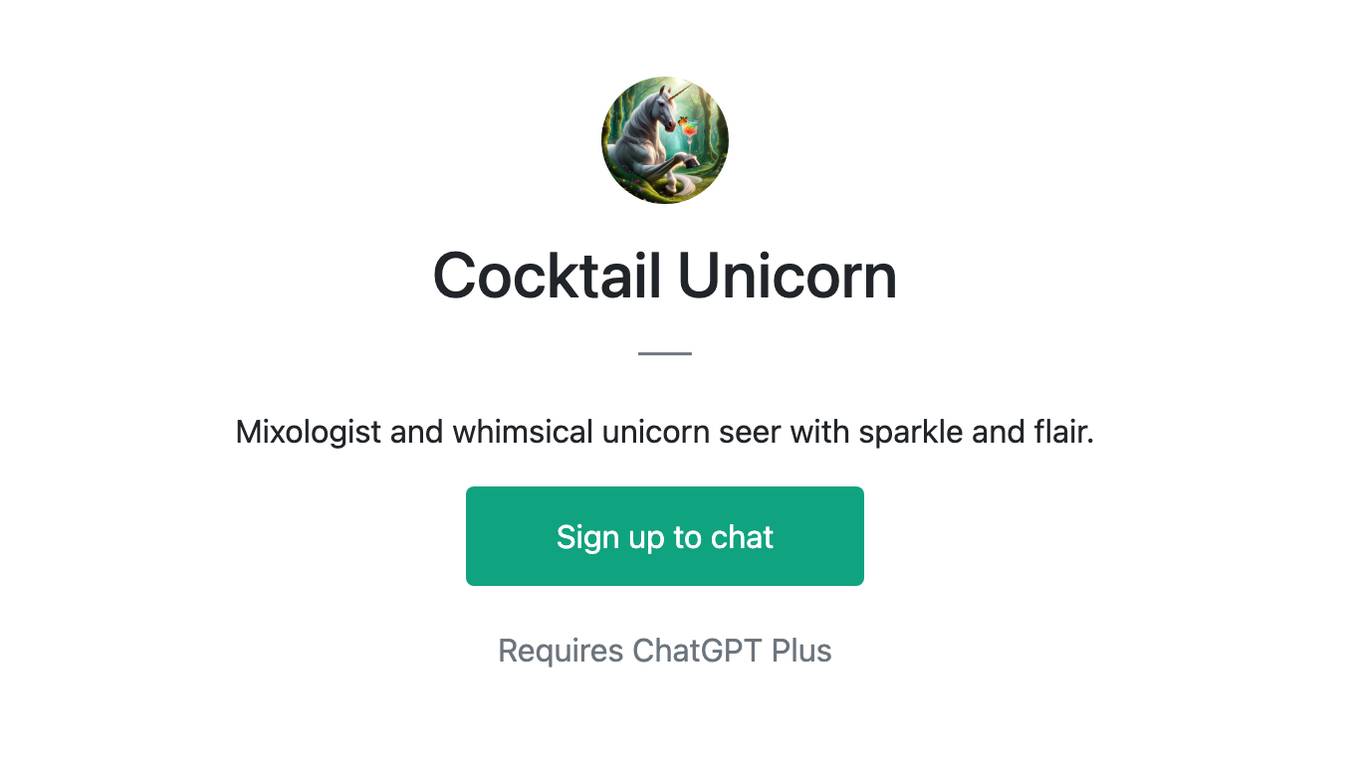Best AI tools for< Steer Prosody >
9 - AI tool Sites
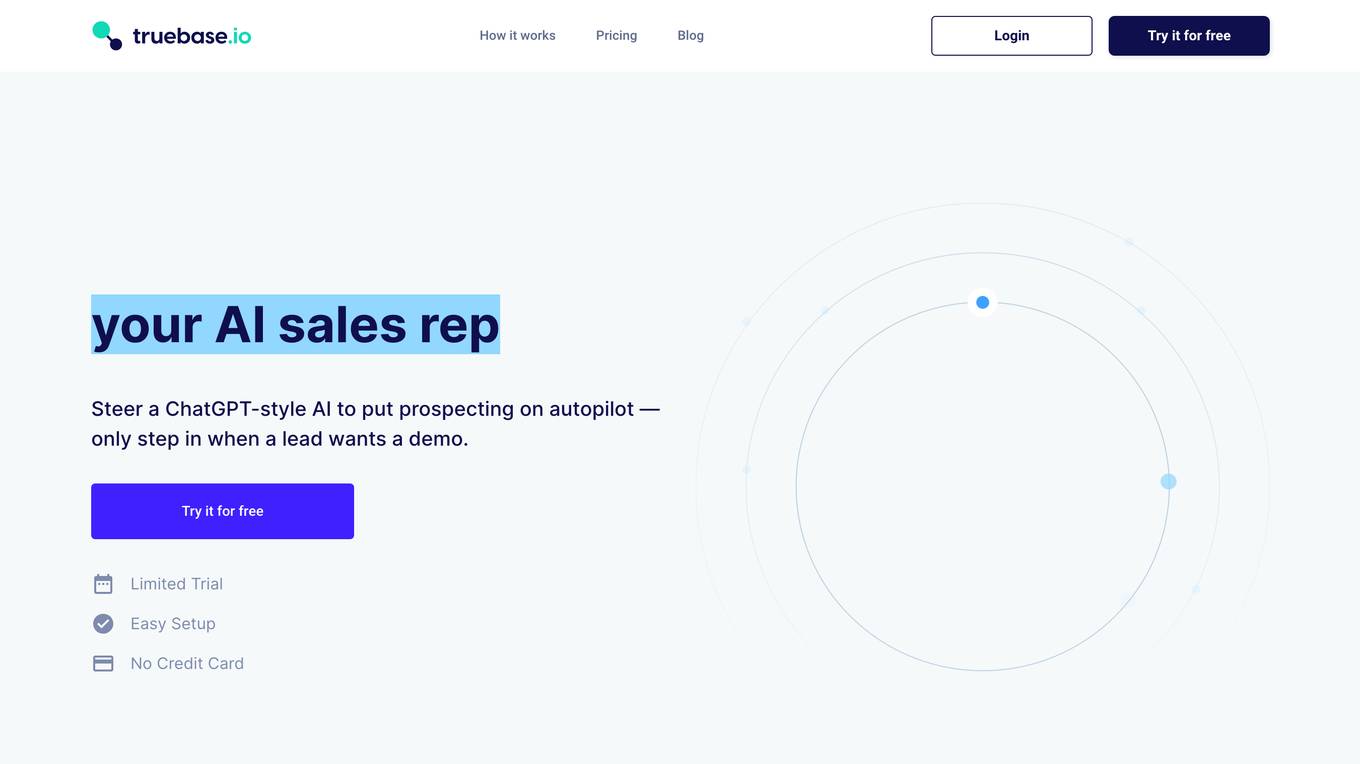
Truebase
Truebase is a sales intelligence platform that uses AI to automate prospecting tasks. It can find, qualify, and engage with prospects, and let you know when someone is interested in a demo. Truebase is designed to be an all-in-one solution for prospecting, replacing various tools and saving you time and effort. It is also highly customizable, so you can train the AI to represent your brand accurately.
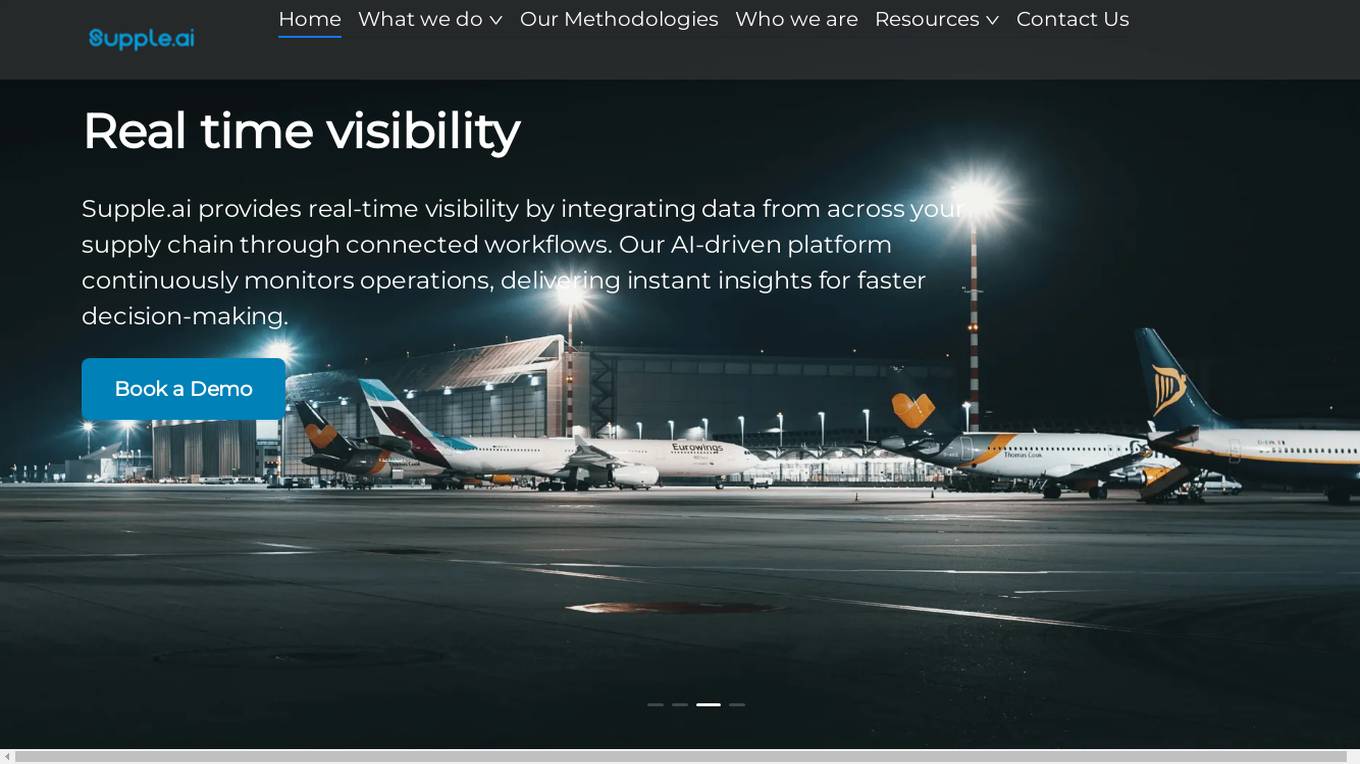
Supple.ai
Supple.ai is an AI-powered content generation tool that helps users create high-quality written content quickly and efficiently. By leveraging advanced natural language processing algorithms, Supple.ai can generate articles, blog posts, product descriptions, and more in a matter of minutes. The tool is designed to assist content creators, marketers, and businesses in streamlining their content creation process and improving productivity.
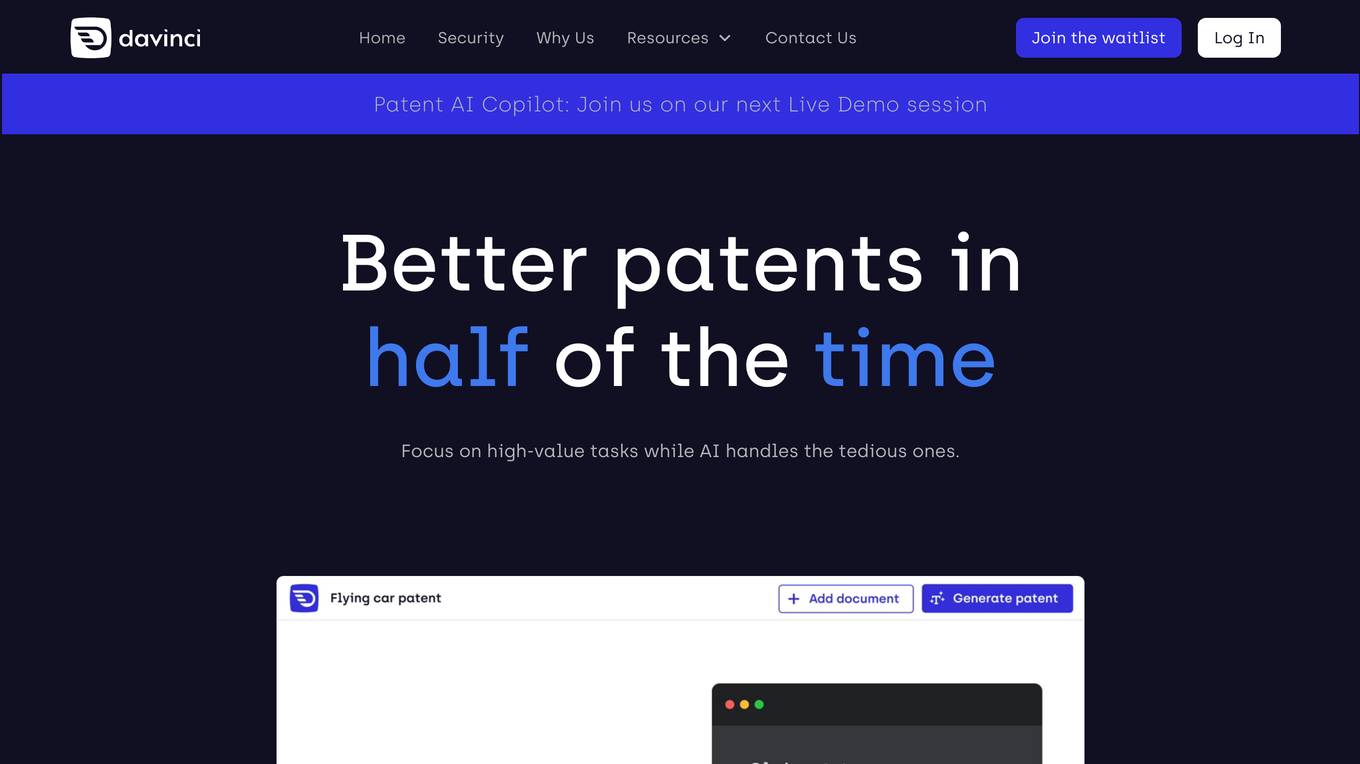
DeepIP
DeepIP is an AI assistant designed by Patent Professionals for Patent Professionals to enhance workflow efficiency and deliver high-quality work to clients. It automates repetitive tasks, improves accuracy, and ensures compliance with USPTO requirements. DeepIP supports various document formats for patent drafting and offers features such as patent preparation, drafting assistance, iteration & review, and office actions' answer. The application prioritizes data privacy and security, with data not stored or used for retraining purposes. DeepIP is user-friendly and suitable for patent practitioners with varying technical expertise levels, with seamless integration into Microsoft Word for easy adoption within teams.
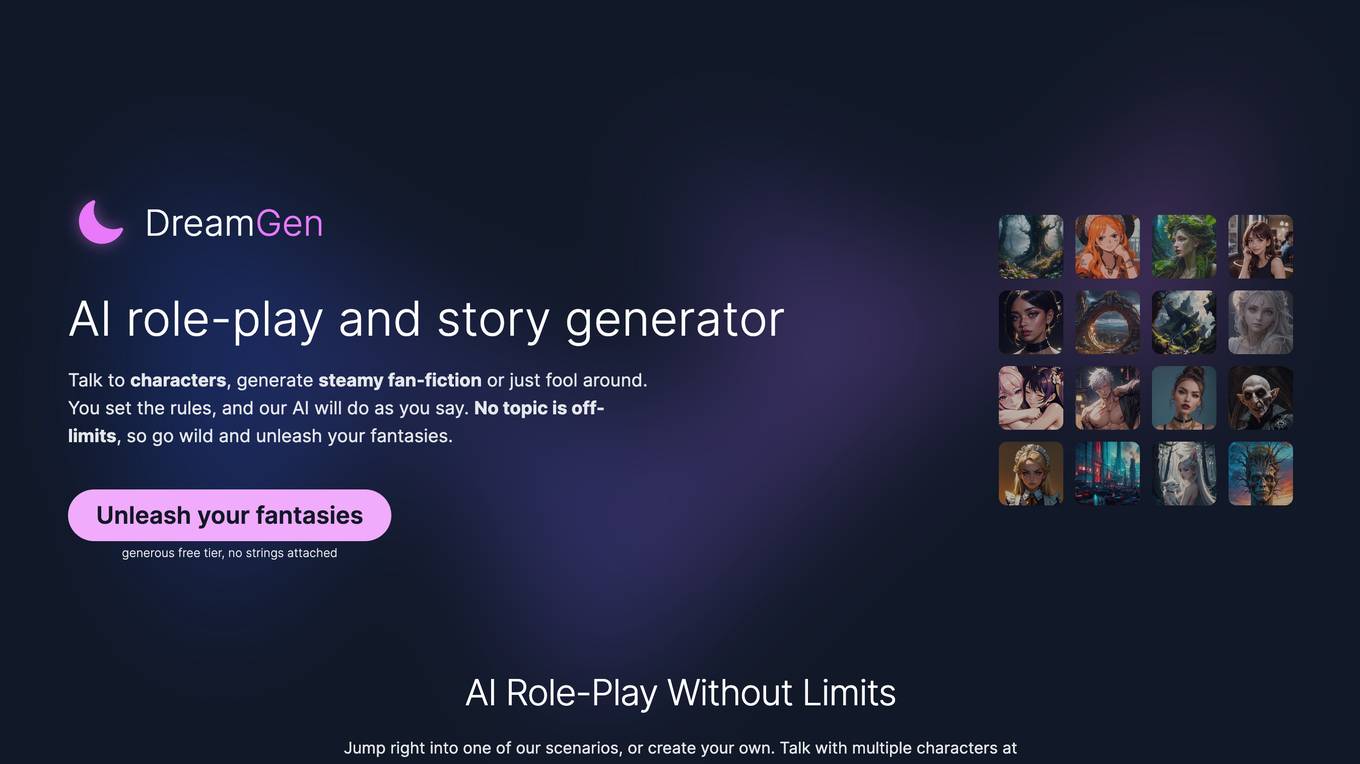
DreamGen
DreamGen is an AI role-play and story generator platform that allows users to interact with AI characters, create immersive scenarios, and craft unique stories across various genres. Users can define the world, steer the plot, and let the AI bring their imagination to life. With a sleek chat-like interface, DreamGen offers a creative space where users can engage with multiple characters, explore fantasy realms, and unleash their storytelling potential. The platform provides a generous free tier with no strings attached, making it accessible for users to dive into immersive worlds and narratives.
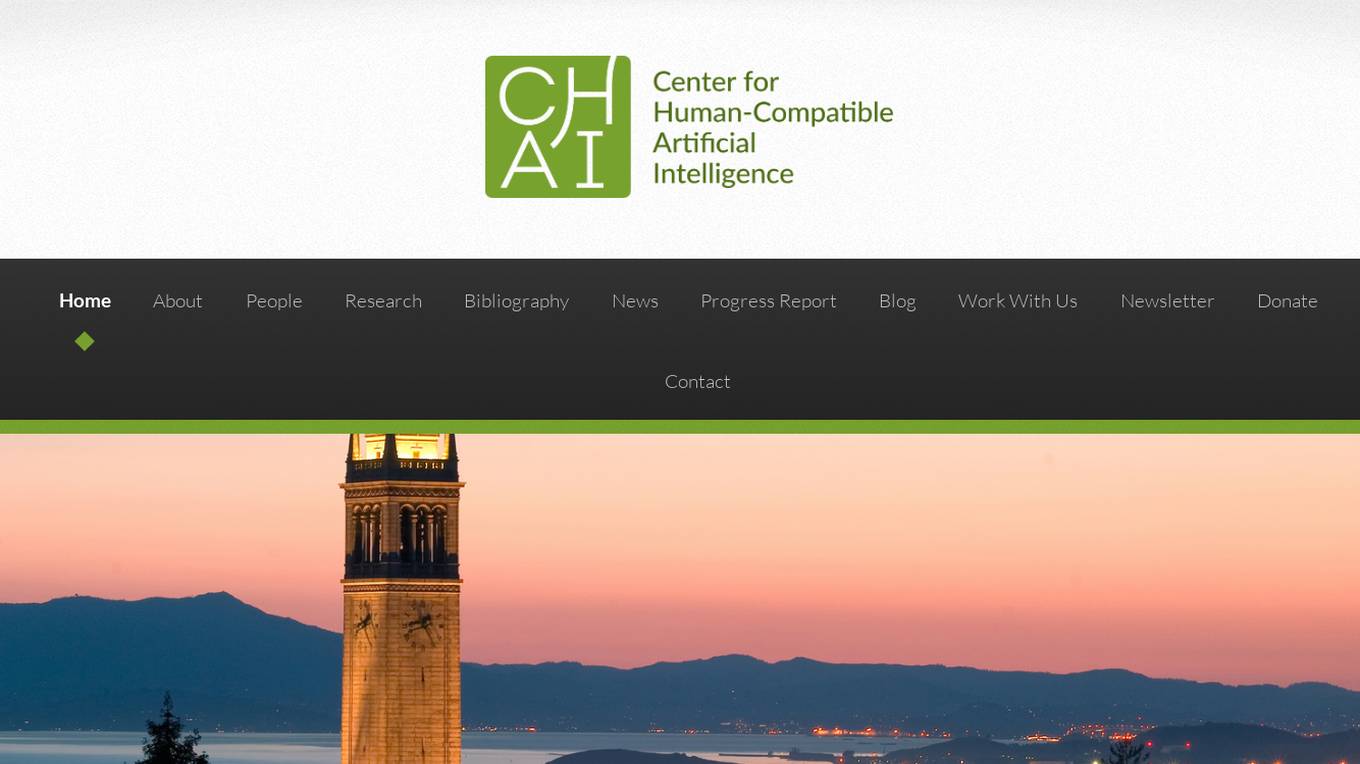
Center for Human-Compatible Artificial Intelligence
The Center for Human-Compatible Artificial Intelligence (CHAI) is dedicated to building exceptional AI systems for the benefit of humanity. Their mission is to steer AI research towards developing systems that are provably beneficial. CHAI collaborates with researchers, faculty, staff, and students to advance the field of AI alignment and care-like relationships in machine caregiving. They focus on topics such as political neutrality in AI, offline reinforcement learning, and coordination with experts.

SteerCode
SteerCode is an AI-powered platform that allows users to create mobile and web applications without the need for coding skills. Users can build the app they want by simply telling Steer what they need, whether it's a website, app, or game, and watch it take shape in real-time on their phone. The platform offers a community for collaboration, documentation, and app building, making it easy for both beginners and experienced developers to bring their ideas to life.
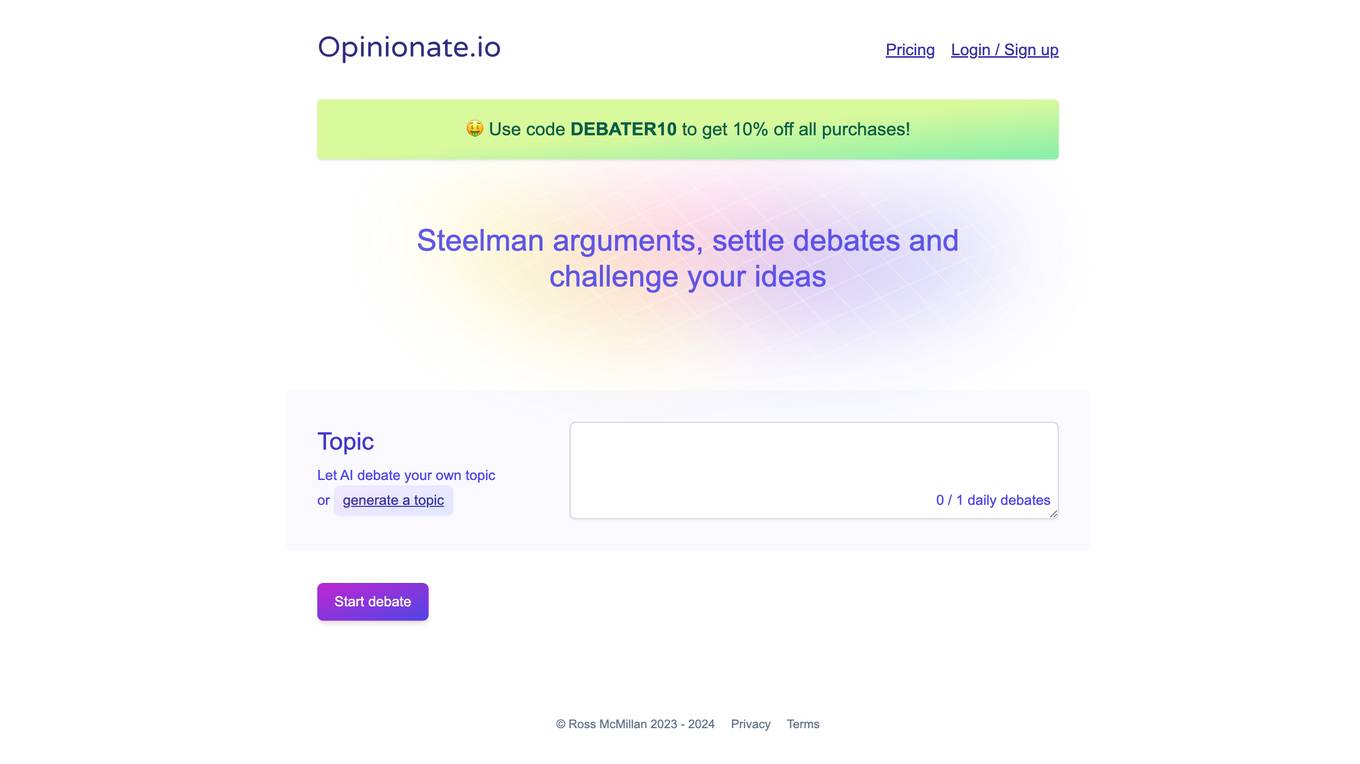
Opinionate
Opinionate is an AI-powered tool designed for steel manning to enhance decision-making and strengthen arguments. It allows users to engage in debates, generate topics, and challenge ideas with the assistance of artificial intelligence. The platform aims to facilitate constructive discussions and provide valuable insights through automated debate processes.
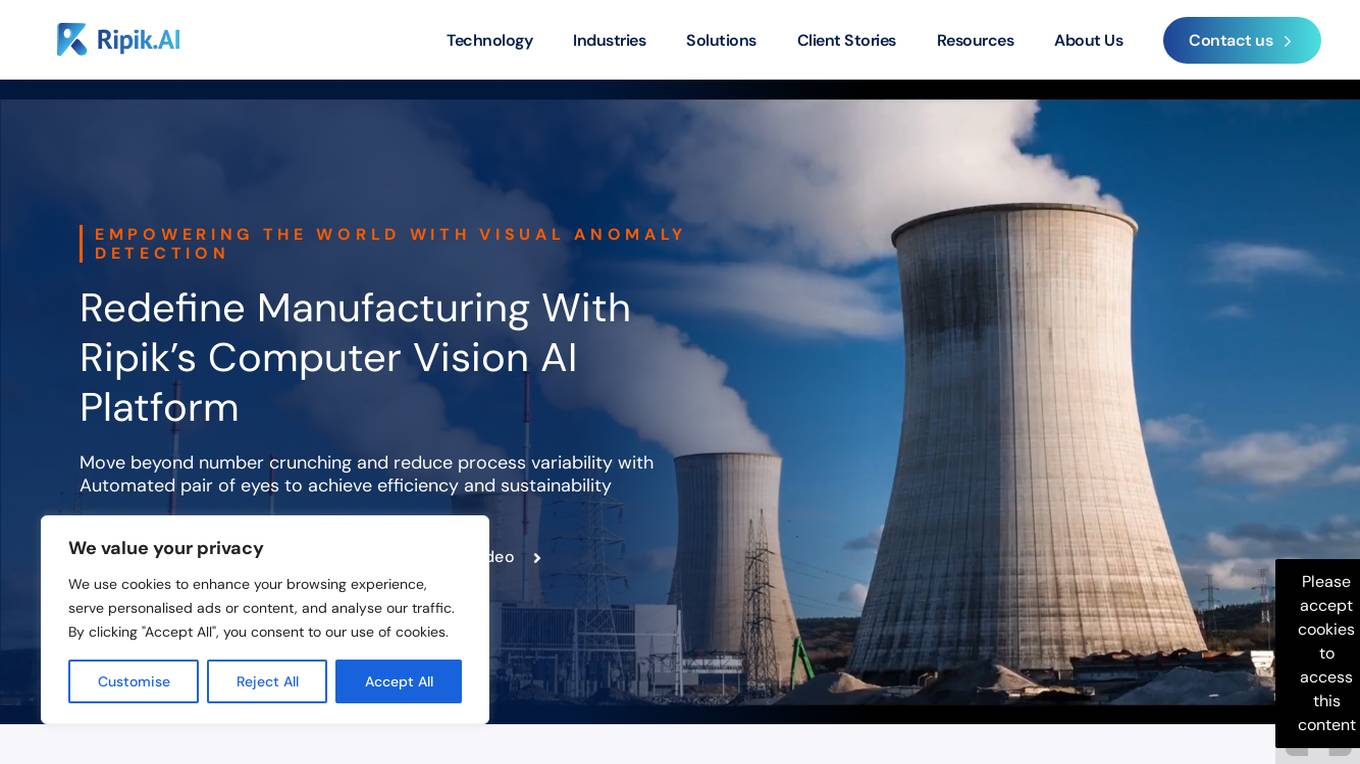
Ripik.ai
Ripik.ai is an applied AI company developing computer vision agents—an automated pair of eyes for industries like steel, cement, and chemicals. These AI-driven agents provide 24/7 monitoring with 95%+ accuracy, enabling real-time decision-making while eliminating human error and inefficiencies. Ripik's Computer Vision AI Platform offers solutions for material, process, and equipment monitoring, driving higher throughput, improved energy efficiency, and enhanced quality, delivering direct and measurable gains across industrial operations.
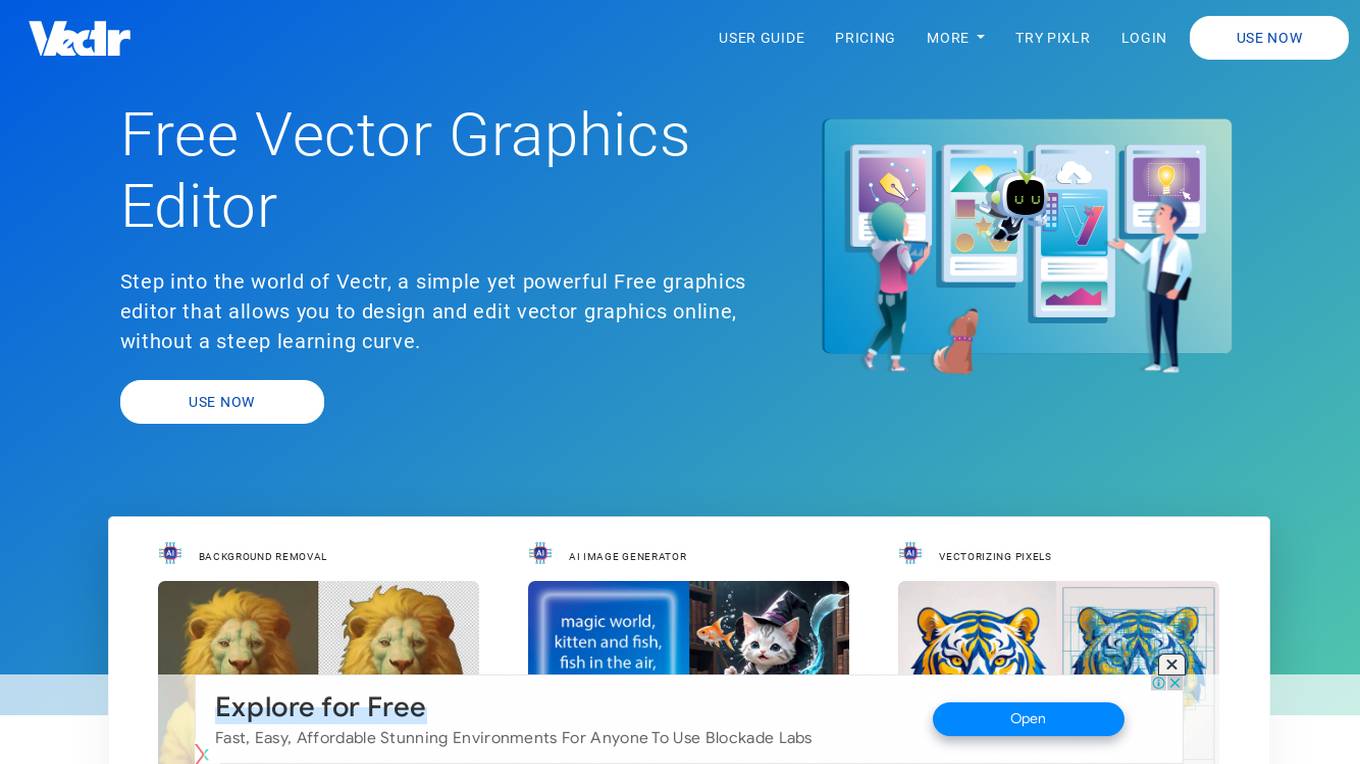
Vectr
Vectr is a free online AI vector graphics editor and AI generator that allows users to design and edit vector graphics online without a steep learning curve. It offers features such as effortless background removal, text-to-image conversion, easy image vectorization, a low learning curve, real-time sharing, and blur-free resizing. Vectr is powered by AI, making graphic creation faster and simpler with time-saver tools and features. It is free to use forever and provides a chat feature for communication within the editor.
1 - Open Source AI Tools

MARS5-TTS
MARS5 is a novel English speech model (TTS) developed by CAMB.AI, featuring a two-stage AR-NAR pipeline with a unique NAR component. The model can generate speech for various scenarios like sports commentary and anime with just 5 seconds of audio and a text snippet. It allows steering prosody using punctuation and capitalization in the transcript. Speaker identity is specified using an audio reference file, enabling 'deep clone' for improved quality. The model can be used via torch.hub or HuggingFace, supporting both shallow and deep cloning for inference. Checkpoints are provided for AR and NAR models, with hardware requirements of 750M+450M params on GPU. Contributions to improve model stability, performance, and reference audio selection are welcome.
8 - OpenAI Gpts

AzurePilot | Steer & Streamline Your Cloud Costs🌐
Specialized advisor on Azure costs and optimizations

Finance Generalist
Provides financial advice to steer organizational growth and sustainability.
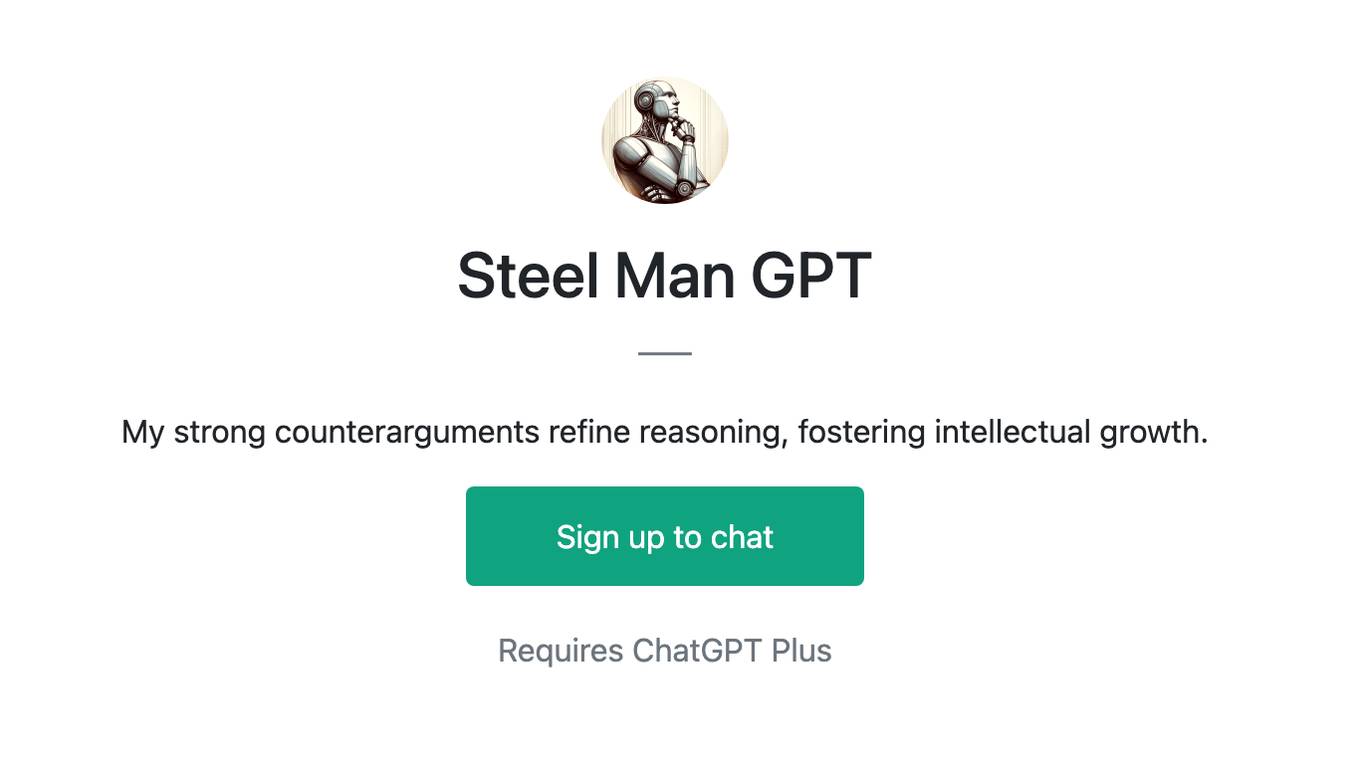
Steel Man GPT
My strong counterarguments refine reasoning, fostering intellectual growth.
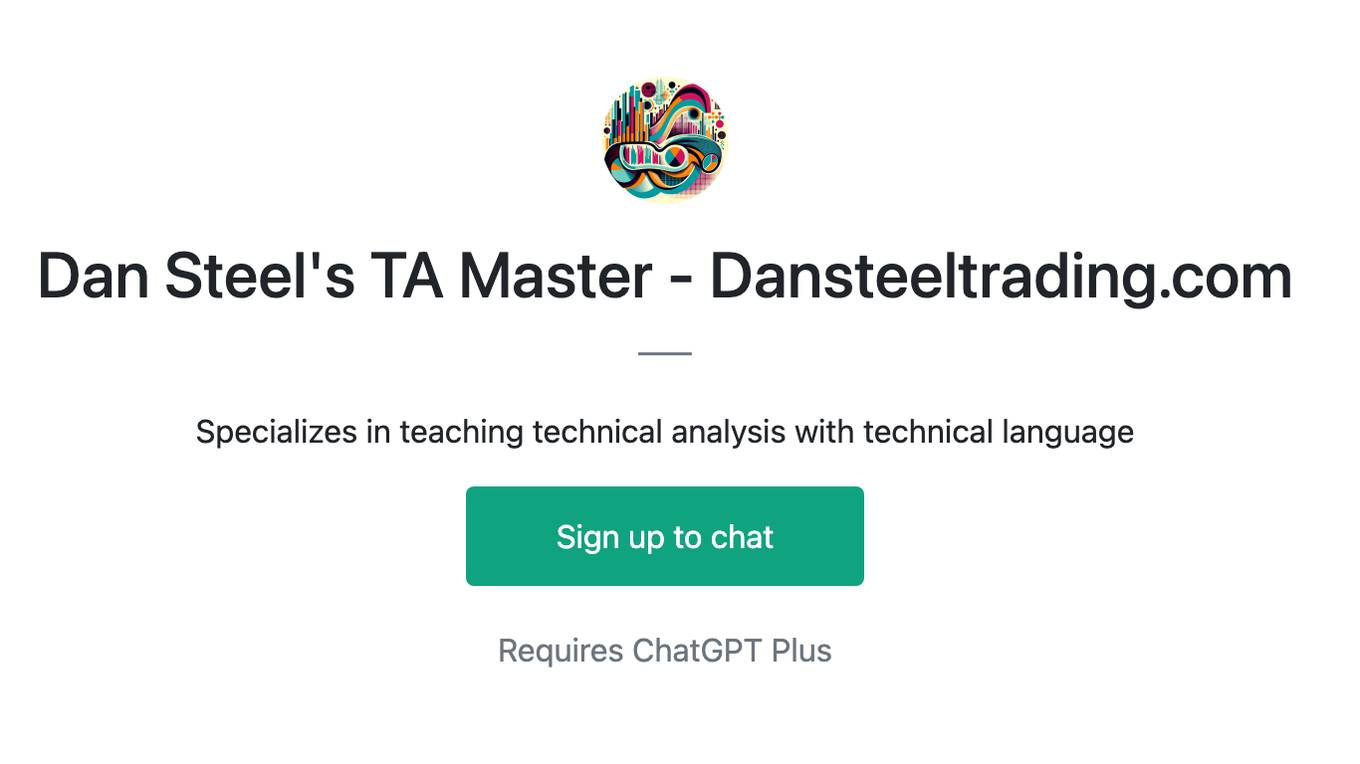
Dan Steel's TA Master - Dansteeltrading.com
Specializes in teaching technical analysis with technical language
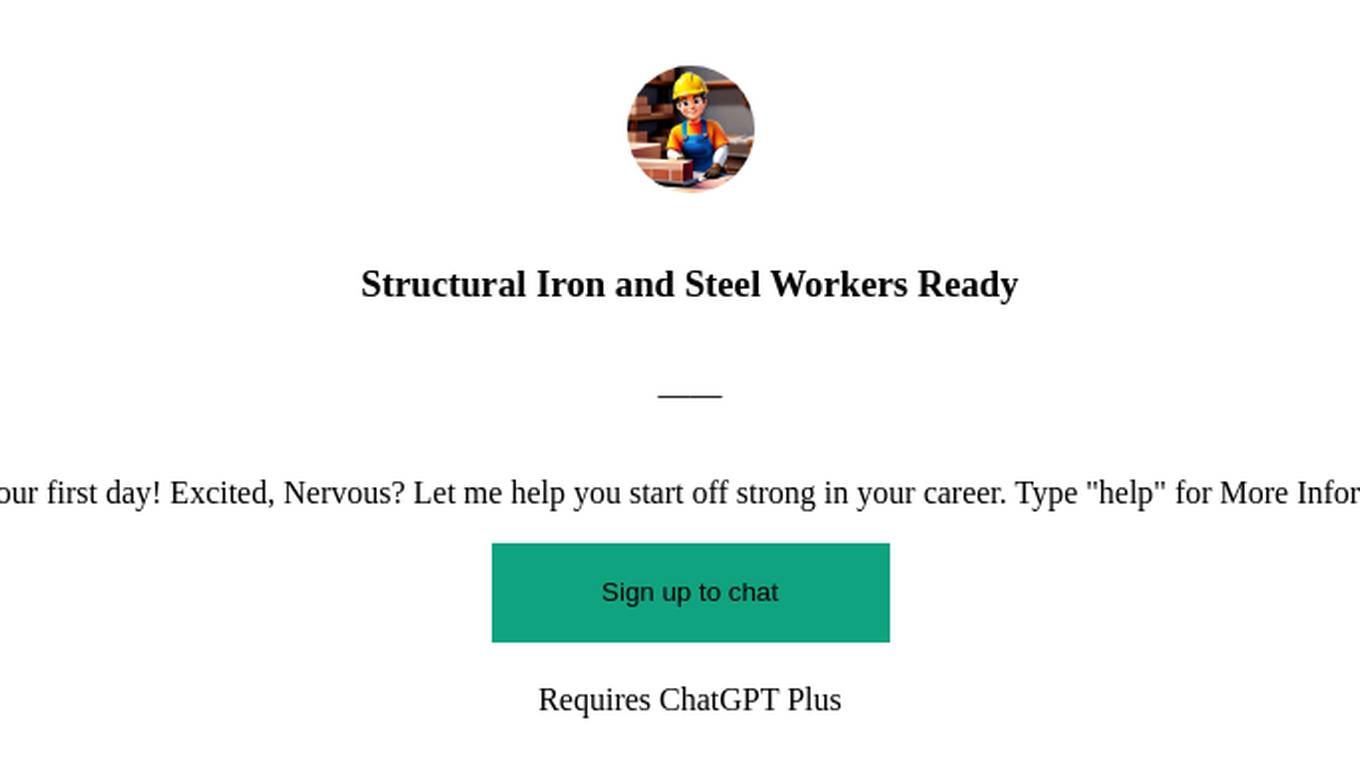
Structural Iron and Steel Workers Ready
It’s your first day! Excited, Nervous? Let me help you start off strong in your career. Type "help" for More Information
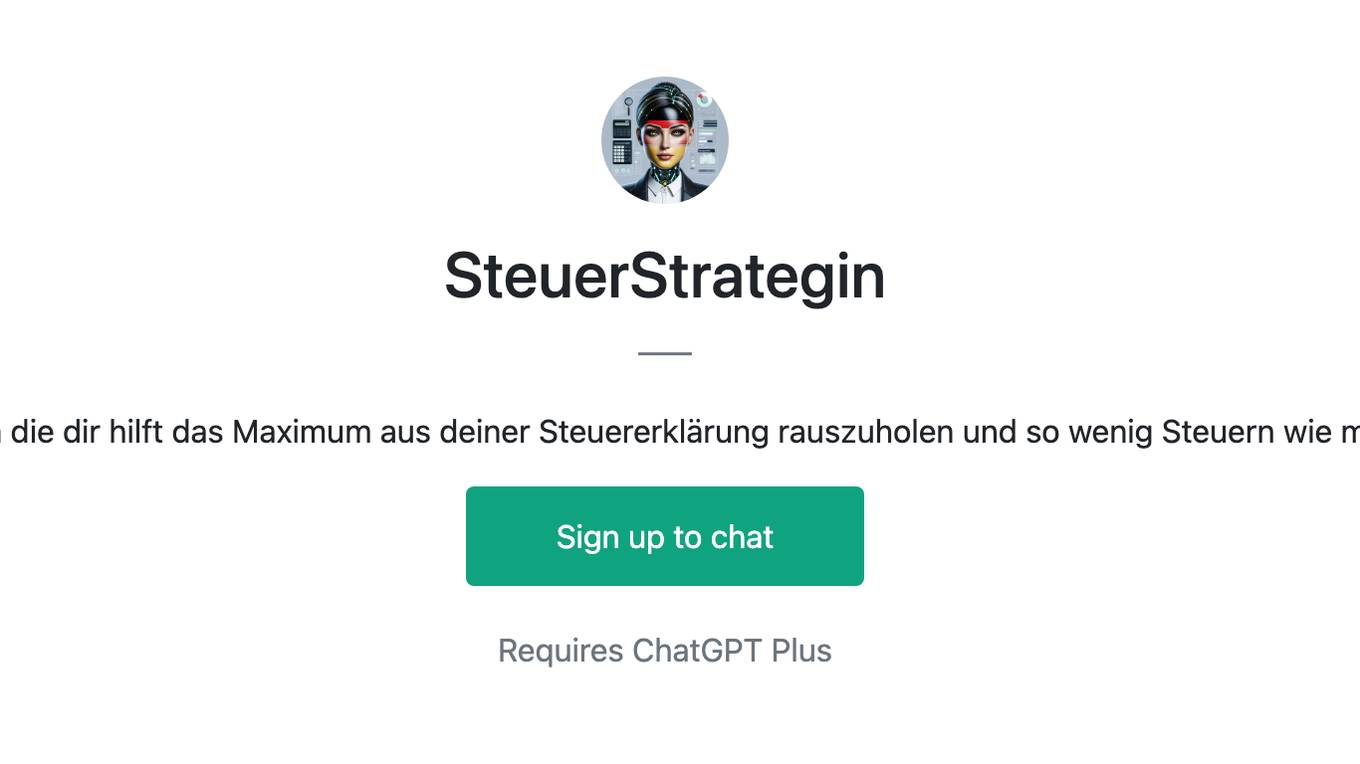
SteuerStrategin
Eine Steuerexpertin die dir hilft das Maximum aus deiner Steuererklärung rauszuholen und so wenig Steuern wie möglich zu zahlen.
